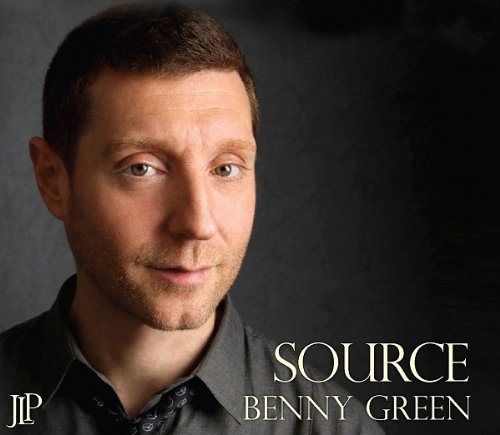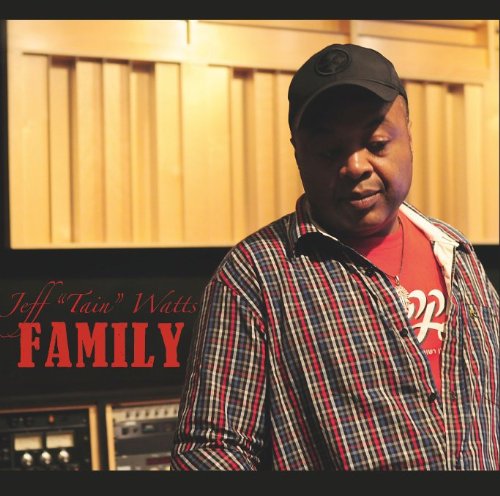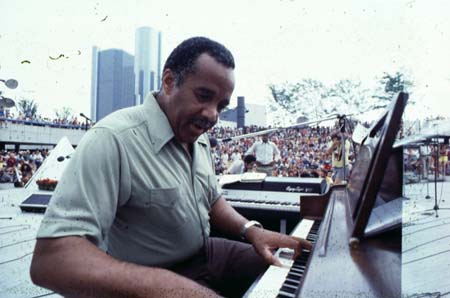 |
| Jazz trumpeter Ambrose Akinmusire |
My friend Luis Torregrosa, an avid jazz fan, raved about you. Ambrose, Luis suggested I catch your show at the Detroit Institute of the Arts. Luis emailed me reviews of your past concerts published in the Wall Street Journal and the Village Voice. The reviews were glowing. I also read a story about you in the May issue of Jazz Times. Jazz critic Geoffrey Himes wrote the story. Himes explained how you compose. Yesterday, a few hours before I set sail for your show, I watched video footage of you on YouTube.
The reviews Luis emailed me understated your abilities. Your show in the Rivera Court of the DIA was out of sight. Ambrose, your band bass player Harish Ragavan, piano player Sam Harris, sax player Walter Smith III, and drummer Justin Brown was so engaging and magical the men in the Diego Rivera mural stopped working to hear your band.
Ambrose, the band was tighter than new dress shoes. The original songs your band played were intricate and had as many layers as a wedding cake. The capacity crowd was sucked in right away, loving how you arranged “Confession of My Unborn Daughter” so it smoothly segued into “Few and Far Between”.The crowd didn’t get the “Tear Stained Suicide Manifesto”. Geoffrey Himes touched on the song's evolution in his Jazz Times story. “Tear Stained Suicide Manifesto” was a bit disturbing. On "Kenya, I thought you were going to blow the people in the first three rows out of their seats.
Ambrose, most trumpet players of your elk and generation main influence is obvious. For example, the first time I heard Sean Jones right away I knew he was inspired by Clifford Brown. But, Ambrose, I couldn’t tell who turned you on. I suspect you listened to all the great jazz trumpet players. How could you not and be as magnificent as you are? During intermission, I heard a man compare you to Miles Davis. That was a knee-jerk comparison. Mile Davis influenced most jazz trumpet players. Anyway, thanks for playing all original songs. I get sick and tired of hearing youngsters playing oldies. Luis was right praising you. You are the future of jazz.

















